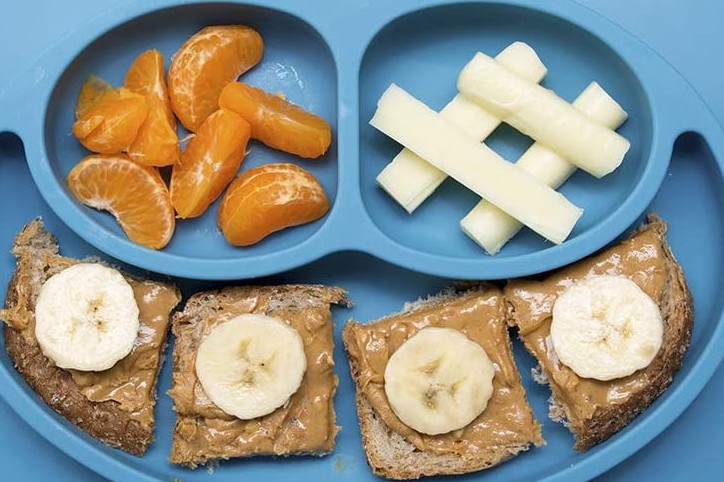Most parents are aware of major milestones – like rolling, crawling and walking – and when those should happen. But few are aware that by six months of age a baby should be able to drink from an open cup (adult assisted). They’re also unaware that this age is the best time to wean from a pacifier (two year olds should not be soothing with…
There was a problem loading this page. Please ensure JavaScript is enabled on your browser and any ad blockers are disabled.
Related
I now laugh looking back at all those tiny little bibs I received as gifts when I first became a…
The transition from bottle to open cup and straw cup isn’t fun… it’s messy, long and can be stressful. While…
If you plan on formula feeding your baby, Baby Brezza’s Formula Pro Advanced is a game-changing machine that will make your…
There’s a big fuss made about babies getting enough iron, and for good reason. “Iron is an essential nutrient needed by…
